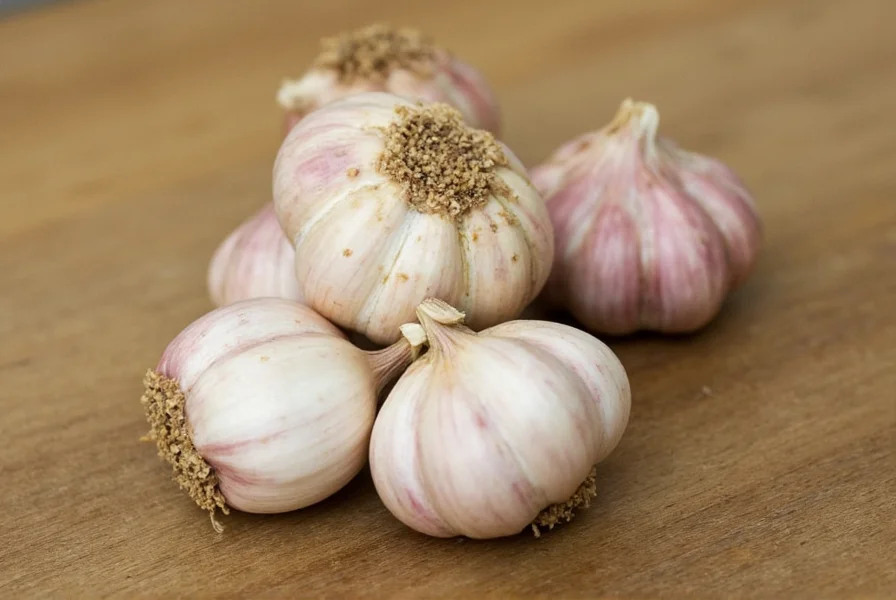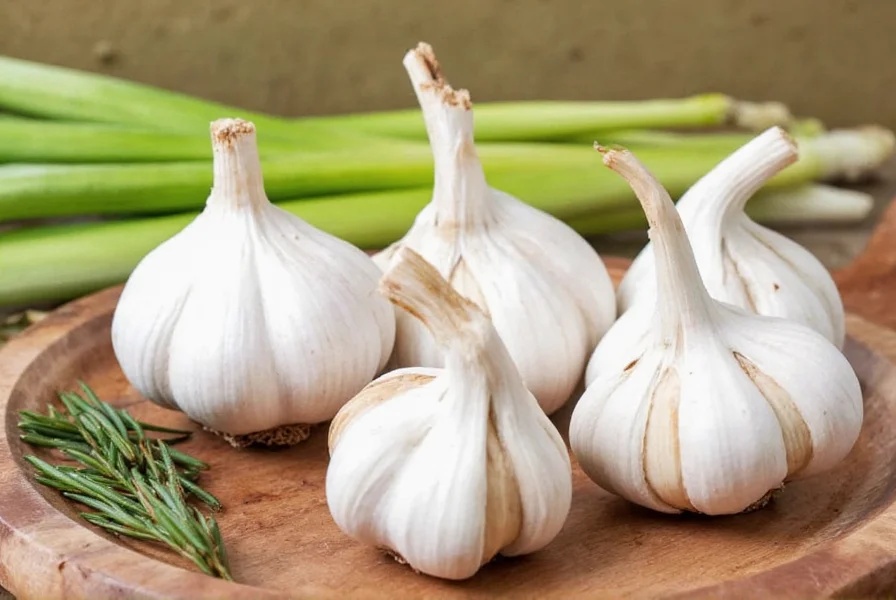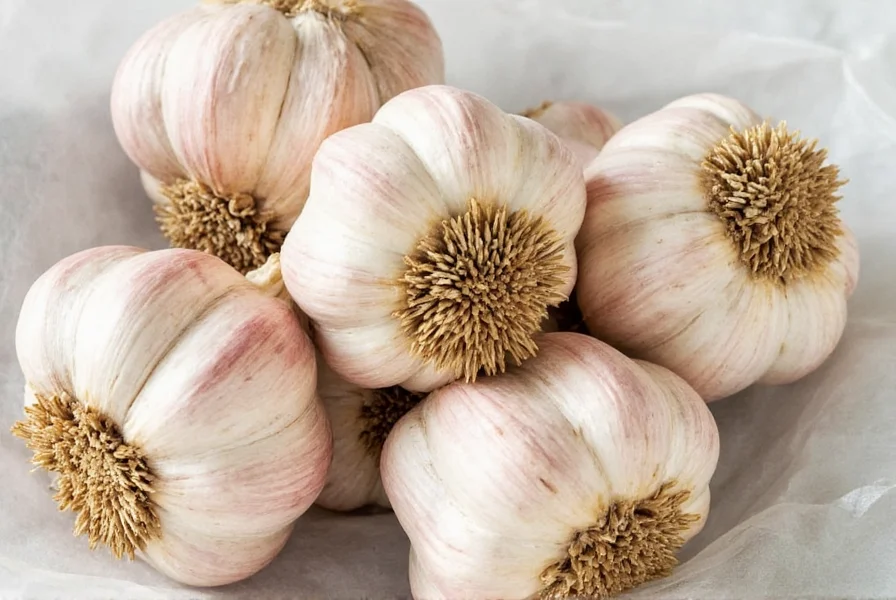Garlic is one of the most rewarding crops for home gardeners, offering superior flavor compared to store-bought options. Unlike many vegetables, garlic grows from individual cloves rather than seeds, making it accessible even for beginner gardeners. This comprehensive guide covers everything you need to know for successful garlic cultivation straight from your garden to your kitchen.
Understanding Garlic Planting Seasons
Timing is critical when learning how to plant garlic from cloves. Most gardeners achieve best results with fall planting, typically 4-6 weeks before your area's first expected frost date. This allows cloves to develop root systems before winter dormancy, leading to larger bulbs come harvest time. In colder zones (3-5), plant in September; in milder climates (6-9), October planting works well; and in the warmest regions (10-11), November is ideal.
If you miss the fall window, spring planting is possible but generally yields smaller bulbs. For spring planting, get cloves in the ground as soon as soil can be worked, usually when temperatures consistently stay above 40°F (4°C).
Selecting Quality Garlic Cloves for Planting
The success of your garlic crop begins with clove selection. Never use grocery store garlic for planting, as these varieties are often treated to prevent sprouting and may not be suited to your climate. Instead, source certified disease-free seed garlic from reputable garden suppliers.
When preparing cloves for planting:
- Choose the largest, healthiest cloves from your bulbs
- Keep the papery husk intact until planting day
- Separate cloves from bulbs 1-2 days before planting
- Avoid cloves with blemishes, mold, or soft spots
- Store separated cloves in a cool, dry place until planting
| Garlic Type | Best Climate Zones | Flavor Profile | Storage Life |
|---|---|---|---|
| Softneck | 6-11 | Milder, more consistent | 9-12 months |
| Hardneck | 3-8 | Stronger, more complex | 4-7 months |
| Great-headed | 5-9 | Balanced, robust | 6-9 months |
Soil Preparation for Optimal Garlic Growth
Garlic thrives in well-draining soil rich in organic matter. Prepare your planting bed 1-2 weeks before planting date:
- Clear the area of weeds, rocks, and plant debris
- Amend soil with 2-3 inches of finished compost
- Work soil to a depth of 8-12 inches for proper drainage
- Test soil pH (ideal range is 6.0-7.5) and adjust if necessary
- Add balanced organic fertilizer according to package instructions
Avoid planting garlic in soil that remains wet for extended periods, as this leads to rot. Raised beds work exceptionally well for garlic cultivation in areas with heavy rainfall or clay soils.

Step-by-Step Garlic Planting Instructions
Follow these precise steps for successful garlic planting:
- Prepare cloves: Gently separate cloves from bulb the day before planting, keeping husks intact
- Determine orientation: Identify the flat root end (basal plate) and pointed growing end
- Dig holes: Create individual holes 2 inches deep with 4-6 inches between holes
- Place cloves: Position each clove with pointed end up and flat end down
- Cover cloves: Fill holes with soil, gently firming around each clove
- Water lightly: Moisten soil without creating puddles
- Mulch: Apply 3-4 inches of straw or shredded leaves after planting
For row planting, space rows 12-18 inches apart. In extremely cold climates, increase mulch depth to 6 inches for winter protection. Remove mulch gradually in spring as temperatures warm.
Essential Garlic Care Throughout the Growing Season
Proper care ensures healthy garlic development:
- Watering: Provide 1 inch of water weekly during active growth (spring), reducing water 2-3 weeks before harvest
- Weeding: Keep area weed-free with shallow cultivation to avoid damaging shallow roots
- Fertilizing: Apply nitrogen-rich fertilizer when growth resumes in spring
- Scapes: For hardneck varieties, cut flowering stalks (scapes) when they curl for larger bulbs
- Pest control: Monitor for onion root maggots and use row covers if needed
Harvesting and Curing Your Garlic Crop
Knowing when to harvest garlic makes all the difference in storage quality. Harvest when:
- Lower third of leaves turn brown while upper leaves remain green
- Bulb wrappers are dry and papery
- Individual cloves fill out the wrapper
To harvest:
- Carefully loosen soil around plants with a garden fork
- Lift bulbs gently, avoiding bruising
- Brush off excess soil (don't wash)
- Cure bulbs in a warm, dry, well-ventilated area for 2-3 weeks
- Trim roots and tops after curing
- Store in mesh bags in a cool, dark place

Common Garlic Planting Mistakes to Avoid
Even experienced gardeners make these garlic cultivation errors:
- Planting too deep: Cloves planted deeper than 3 inches produce smaller bulbs
- Using grocery store garlic: Treated bulbs often fail to sprout or carry diseases
- Overwatering in winter: Leads to clove rot in cold, wet soil
- Ignoring soil preparation: Poor drainage causes bulb deformities
- Harvesting too early: Results in underdeveloped bulbs with poor storage quality
Troubleshooting Garlic Growing Problems
Address these common issues promptly:
- Yellowing leaves: Could indicate overwatering, nutrient deficiency, or pests
- Small bulbs: Often caused by late planting, poor soil, or overcrowding
- Mold on cloves: Remove affected plants immediately to prevent spread
- No sprouting: Check for proper planting depth and viable cloves
- Deformed bulbs: May result from nematode infestation or inconsistent watering
Frequently Asked Questions
Can I plant garlic cloves from the grocery store?
While possible, grocery store garlic often produces poor results. Commercial garlic may be treated with sprout inhibitors and might not be adapted to your climate. For best results, use certified disease-free seed garlic from gardening suppliers specifically grown for planting.
How deep should I plant garlic cloves?
Plant garlic cloves 2 inches deep in most soil types, with the pointed end facing up. In extremely cold climates (zones 1-4), plant slightly deeper at 3 inches and use additional mulch for winter protection. Proper planting depth ensures optimal bulb development and winter survival.
What happens if I plant garlic in the spring instead of fall?
Spring-planted garlic typically produces smaller bulbs because it misses the crucial winter root development period. While you'll still get garlic, the bulbs will be less developed with fewer, smaller cloves. If planting in spring, get cloves in the ground as early as possible when soil temperatures reach 40°F (4°C).
How much space should I leave between garlic plants?
Space garlic cloves 4-6 inches apart within rows and maintain 12-18 inches between rows. Proper spacing ensures adequate room for bulb development and improves air circulation, reducing disease risk. Crowded plants produce smaller bulbs and are more susceptible to fungal issues.











 浙公网安备
33010002000092号
浙公网安备
33010002000092号 浙B2-20120091-4
浙B2-20120091-4